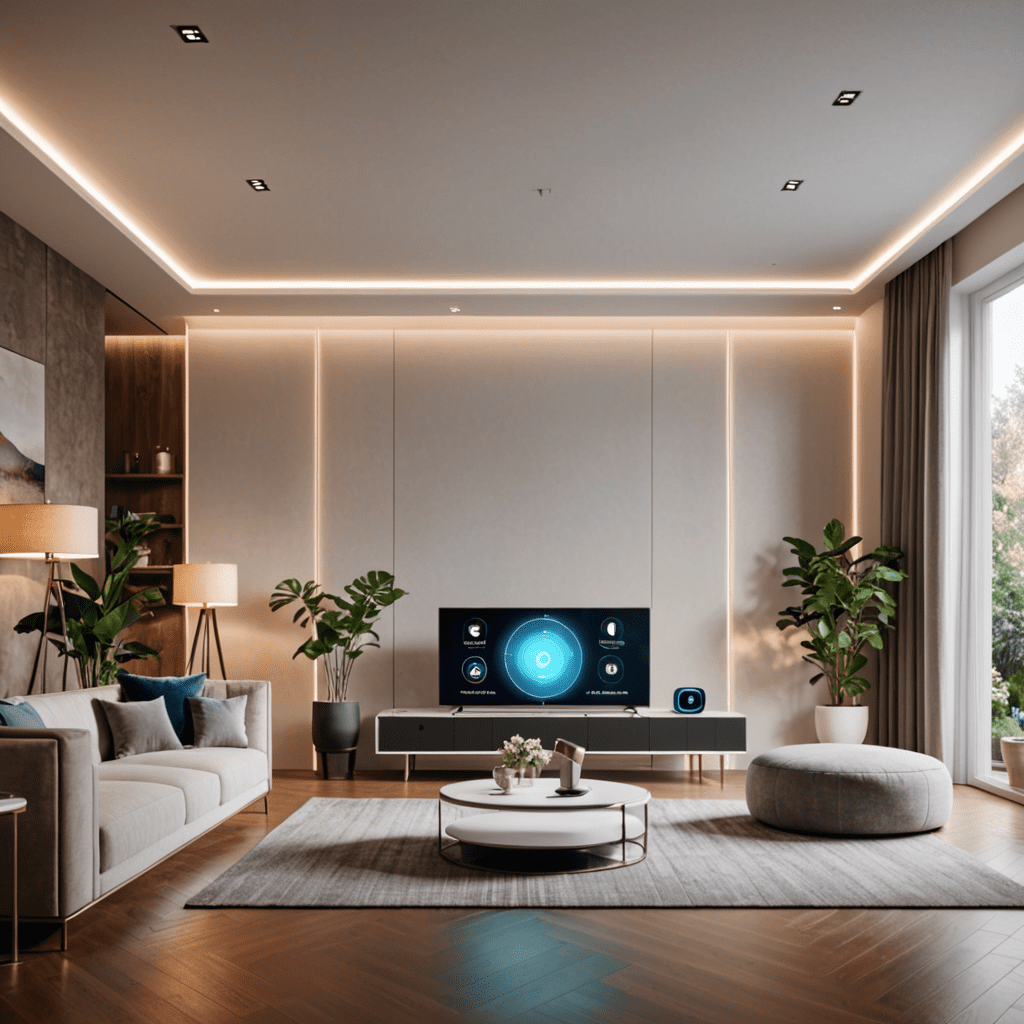Exploring the Benefits of Virtual Reality in Architecture
Introduction
In recent years, virtual reality (VR) has emerged as a game-changer in various industries, and the field of architecture is no exception. With its ability to create immersive and realistic environments, VR is revolutionizing the way architects, planners, and designers work. This technology is enabling professionals to visualize and experience architectural designs in ways that were previously unimaginable. In this blog post, we will explore the key concepts of VR in architecture and discuss its potential for the future.
Key Concepts of VR in Architecture
Concept 1: Enhanced Design Exploration and Visualization
VR allows architects to create a virtual representation of their designs, providing an immersive experience that goes far beyond traditional 2D drawings or 3D models. By donning a VR headset, architects can walk through and explore their designs as if they were standing within them. This level of immersion helps architects gain a better understanding of scale, proportions, and spatial relationships. It also allows them to assess the impact of various design choices and make informed decisions in real-time.
Concept 2: Improved Communication and Collaboration
VR facilitates effective communication and collaboration among architects, clients, and other stakeholders involved in the design process. Instead of relying on technical jargon or static visualizations, architects can use VR to present their designs in a visually compelling and interactive manner. Clients can virtually walk through the proposed design, experiencing its ambiance and functionality firsthand. This immersive experience fosters a deeper understanding and engagement, leading to smoother communication and more accurate feedback.
Concept 3: Streamlined Design Review and Iteration
Traditionally, design review and iteration involved lengthy meetings, where architects presented their designs and stakeholders provided feedback. With VR, this process becomes more efficient and productive. Stakeholders can review designs remotely, saving time and travel expenses. Additionally, VR allows architects to apply real-time changes to the design during the review process. This immediate feedback loop enhances collaboration and helps clients visualize design alterations before they are finalized.
Concept 4: Cost and Time Savings
VR can help architects save costs and time by identifying potential design issues early in the process. By immersing in a virtual representation of the design, architects can spot flaws, optimize layouts, and test different materials and finishes without the need for physical prototypes. This early detection of problems and the ability to make modifications in a virtual environment significantly reduce the risk of costly errors during construction.
Future of VR in Architecture
As VR technology continues to evolve, we can expect even more exciting developments in the field of architecture. Here are a couple of future trends to keep an eye on:
- Integration with Building Information Modeling (BIM): The integration of VR with BIM software will allow architects to seamlessly transfer 3D models from design to virtual reality. This integration will enable architects to explore and analyze every aspect of a building’s design, including structural elements, systems, and materials, before construction begins.
Dynamic Simulations and Sensory Experiences: Future VR systems may incorporate dynamic simulations, such as wind and sound effects, to provide architects with a more comprehensive understanding of their designs. This could include testing the effect of natural light and shadows throughout the day, allowing architects to optimize building orientation and fenestration.
FAQs about VR in Architecture
Q: Is VR only useful for large-scale architectural projects?
A: No, VR can be beneficial for architectural projects of all sizes. It can help architects and clients visualize and understand the design even for small residential projects.
Q: Do clients need special equipment to experience VR architectural designs?
A: Clients can experience VR architectural designs with a VR headset, which is becoming increasingly accessible. However, architects can also create interactive VR experiences that can be enjoyed on a computer or a mobile device without a headset.
Q: Is VR expensive to implement in architectural firms?
A: The cost of VR equipment has significantly reduced over the years, making it more affordable for architectural firms. Additionally, the long-term benefits and time savings it offers often outweigh the initial investment.
Conclusion
Virtual reality is transforming the field of architecture by providing architects, planners, and designers with a powerful tool to visualize and experience their designs. The immersive nature of VR enables enhanced exploration, communication, and collaboration, ultimately leading to better design outcomes. As VR technology continues to advance, we can expect even more exciting possibilities and applications in the architectural industry. So, whether you’re an architect or someone interested in the world of design, it’s time to dive into the world of VR and experience the future of architecture firsthand.


